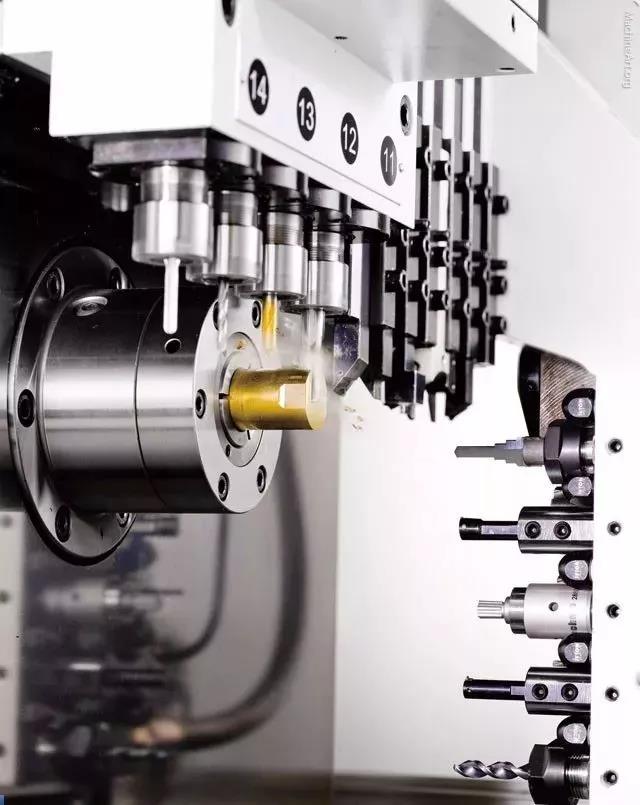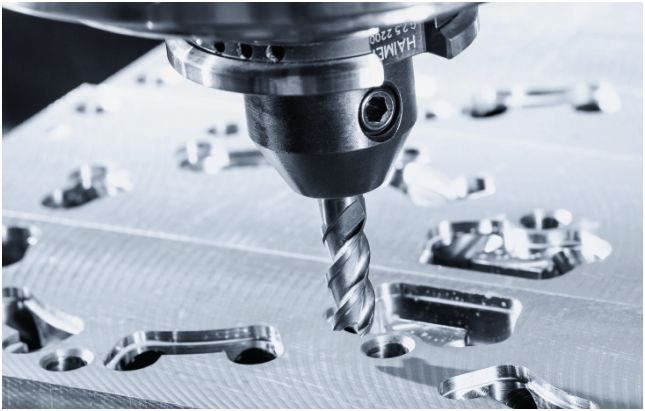How to judge the accuracy of a machining center?
2021.04.19
It is estimated that there will be machining centers in everyone's workshops. The accuracy of a machining center is very important. Because the accuracy of the machining center affects the processing quality, the accuracy of the machining center has been studied to minimize errors Methods. So how to judge the accuracy of a machining center? Let's talk about 4 aspects below.

1. Positioning of the test piece of the vertical machining center:
The test piece should be located in the middle of the X stroke, and placed along the Y and Z axes at an appropriate position suitable for the positioning of the test piece and fixture and the length of the tool. When there are special requirements for the positioning of the test piece, it should be specified in the agreement between the manufacturer and the user.
2. Fixing of the test piece:
The test piece should be easily installed on a special fixture to achieve the maximum stability of the tool and fixture. The mounting surface of the fixture and the test piece should be straight.
The parallelism between the mounting surface of the test piece and the clamping surface of the fixture shall be inspected. Appropriate clamping methods should be used so that the tool can penetrate and machine the full length of the center hole. It is recommended to use countersunk screws to fix the test piece to avoid interference between the tool and the screw. Other equivalent methods can also be used. The total height of the test piece depends on the selected fixing method.
3. The material, knife and cutting parameters of the test piece:
The materials, cutting tools and cutting parameters of the test piece are selected according to the agreement between the manufacturer and the user, and should be recorded. The recommended cutting parameters are as follows:
1) Cutting speed: about 50m/min for cast iron parts; about 300m/min for aluminum parts.
2) Feed rate: about (0.05~0.10) mm/tooth.
3) Depth of cut: The depth of cut in the radial direction of all milling operations should be 0.2mm.
4. The size of the test piece:
If the test piece is cut several times, the outer dimension is reduced, and the hole diameter is increased. When used for acceptance inspection, it is recommended that the final contour processing test piece size is consistent with the specifications in this standard, so as to faithfully reflect the cutting accuracy of the machining center. The test piece can be used repeatedly in the cutting test, and its specifications should be kept within ±10% of the characteristic dimensions given in this standard. When the test piece is used again, before a new fine-cutting test, a thin-layer cutting should be performed to clean all the surfaces before the test.

It is estimated that you will encounter another problem in the process of using the machining center. Why does the accuracy of the machining center become worse when it is used? Did we buy parallel imports?
The poor machining accuracy of the parts of the machining center is generally due to the fact that the feed dynamics between the axes are not adjusted according to the error during installation and adjustment, or the transmission chain of each axis of the machine tool has changed after wear and tear (such as screw clearance, pitch Error changes, axial movement, etc.). It can be solved by re-adjusting and modifying the clearance compensation amount.
When the dynamic tracking error is too large and alarms, you can check: whether the servo motor speed is too high; whether the position detection element is good; whether the position feedback cable connector is in good contact; whether the corresponding analog output latch and gain potentiometer are good; Whether the corresponding servo drive device is normal.
If the machining accuracy is not good due to overshoot when the machine is moving, it may be that the acceleration and deceleration time is too short, and the speed change time can be appropriately extended; it may also be that the connection between the servo motor and the lead screw is loose or the rigidity is too poor. The gain of the loop may be the roundness of the two-axis linkage is out of tolerance, and this deformation may be caused by the improper adjustment of the machine. Poor positioning accuracy of the shaft or improper compensation of the screw gap will cause roundness errors when crossing the quadrant.
It turns out that there is so much knowledge about the accuracy of the machine tool.
But there is a saying among the folks: high precision is guaranteed by people. It is said that the machine tools with the highest machining accuracy in the world are calibrated by humans. In Japan, there are professionals like this to calibrate the machining accuracy of machine tools. Such people are invaluable in every machine tool manufacturer. According to this statement, it is possible to assemble machine tools with amazing machining accuracy using parts with relatively low precision.
Is this real? What do you think?
Next:Why do precision machine tools have to manually shovel flowers?
Related Information
- Industry news
- The tap or drill bit breaks in the hole, how to fix it?
- Why do airplanes use rivets instead of welding?
- Why are engineering drawings all blueprints?
- How is a ping pong ball made? It turns out that it is made of two pieces of plas
- What to do if quality is abnormal? Doing these 3 things well is the key!
- Weekly News 9.7-9.13
- Huawei's three-fold screen is approaching, and the domestic supply chain is wait
- Innovative application of digital twin technology in integrated die-casting prod
- 5 types of carbide cutting tools, what are the differences? Save this article an
- Global manufacturing PMI in June was 49.5% | Weekly News 7.6-7.12
- Raw material defects | Machining special operations and practical cases 109
- No wonder Toyota stamping is so good: a day in the life of a Toyota stamping sho
- Analysis on the development trend and demand of China's mold industry
- How many types of sealing rings are there in machinery? What are they used for?
- Hangfa, Hangfa, a scar on the hearts of machine processing workers
- How to mill a large arc surface with a small cutter?
- Dynamics of the processing center of the process! What is the fundamental reason
- 500 ° C ultra -strong aluminum alloy! This problem is overcome
- How much do you know about the hometown of machine tools and molds, how much do

 BACK
BACK MT HOME
MT HOME Navbar
Navbar